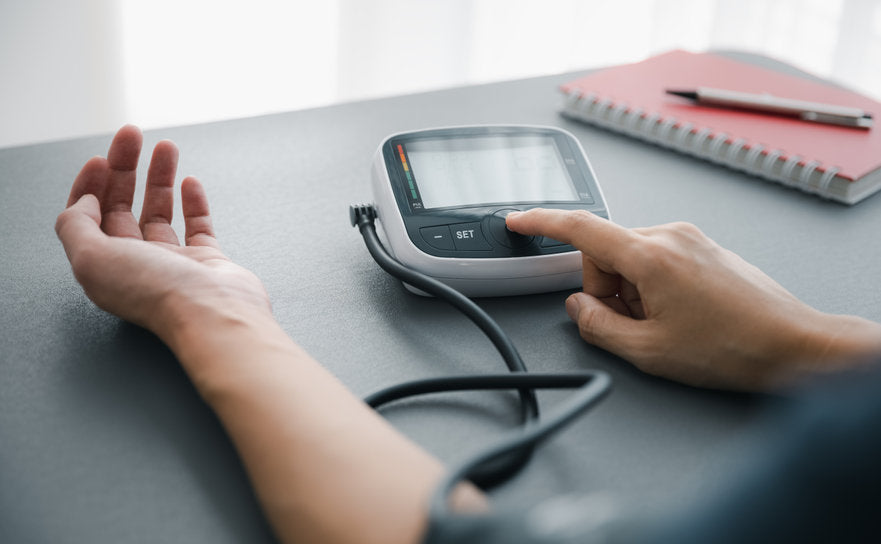Normal blood pressure


Normal blood pressure is less than 120/80 mm Hg, according to the American Heart Association.
Many doctors start treatment for hypertension when a patient's blood pressure is consistently over 140 for the upper number or over 90 for the lower number.
The top number, the systolic, measures the amount of pressure in the arteries when the heart beats. It tends to increase as people age, according to the American Heart Association, and can be a symptom of cardiovascular issues.
The lower number, the diastolic, measures the pressure in the arteries between beats.
About one in three people in the United States has high blood pressure.
It is normal for blood pressures to change when you sleep, wake up, or are excited or nervous.
When you are active, it is normal for your blood pressure to increase. However, once the activity stops, your blood pressure returns to your normal baseline range.


